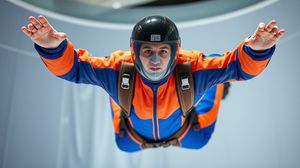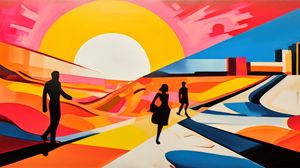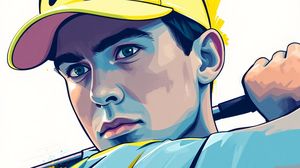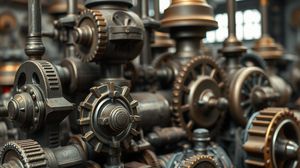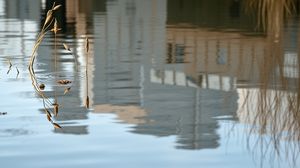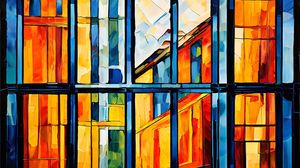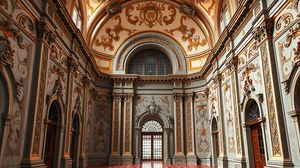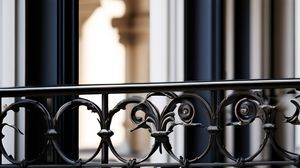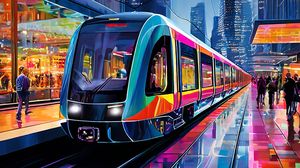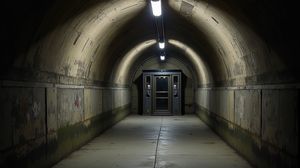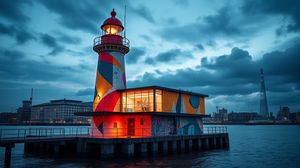
Trinity Buoy Wharf is a vibrant cultural and creative hub located at the confluence of the River Thames and the River Lea, perfectly blending the historical and the modern in London's Docklands. Famous for its juxtaposition of innovative architecture and historical significance, this area has become a thriving community for artists and businesses.
One of the most striking features of Trinity Buoy Wharf is London's only lighthouse. Built in 1864, although it never guided ships, it served as an experimental facility for Michael Faraday and later as a training site for lighthouse keepers. It's now a space for art and exhibitions, with a charm that nods to its past.
Trinity Buoy Wharf is also home to a quirky spectacle called the Longplayer. This ambitious 1000-year-long continuous musical composition began playing in the year 2000 and continues to be a fascinating auditory experience for visitors. The music can be heard inside a listening room, an installation in the lighthouse.
The artistic spirit extends throughout the wharf, where you'll find a plethora of creative spaces and studios. From quirky sculptures dotting the landscape to regular exhibitions and events, the wharf is a living canvas for London's artists.
Adding to its eclectic character, Trinity Buoy Wharf features unique examples of container architecture with uses ranging from artist studios to the intriguing café and restaurant spaces. These repurposed shipping containers showcase innovative urban design while offering a nod to the area's industrial past.
The Wharf is home to sculptures and installations that embrace the space's quirky personality, including the colorful 'Alunatime' lunar clock and tide time piece, which interact with natural rhythms and celestial mechanics.
This site also functions as a location for various events, including music festivals and art exhibits, making it a dynamic destination. Its rich historical backdrop and creative energy continue to attract both locals and tourists alike.

Making the Most of Your Visit:
Start your visit by checking out the Lighthouse. It's not just any lighthouse – it's London's only one. Explore the art inside and soak up the Michael Faraday history. It's fascinating to think about how it was used for experiments and training lighthouse keepers.
Make sure you experience the Longplayer. This unique 1000-year-long musical composition is a hidden gem. Head to the listening room in the lighthouse and let the sounds wash over you. It's an experience you won't find anywhere else.
If you're a fan of quirky architecture, you'll love the container buildings. These shipping containers have been transformed into studios and cafés, offering a peek into innovative urban design while honoring the area's industrial past.
Don't miss the sculptures and installations scattered around the Wharf. The 'Alunatime' piece is particularly intriguing, interacting with lunar cycles and tides. It's a perfect example of the creative spirit that infuses the entire area.
Wrap up your visit with a meal or coffee at one of the on-site eateries. They're nested in those cool container spaces, offering a cozy and artistic atmosphere to enjoy some downtime and maybe even chat with some local artists.

Visiting Times & Costs:
Trinity Buoy Wharf is open to the public and is generally accessible year-round. It is typically open every day, though specific venues and events within the Wharf may have varying hours, so it is advisable to check ahead for any specific interest.
Opening Hours:
- Generally open daily; specific hours can vary by venue.
Entrance Fees:
- Access to the Wharf itself is free.
- Certain exhibitions or events may charge admission fees.
Accessibility:
- The Wharf has made efforts to accommodate accessibility needs, but as an artist and cultural space with unique architecture, some areas may be challenging for those with mobility issues.
- Visitors with specific accessibility requirements are encouraged to inquire in advance regarding current accommodations.

Address & Map:

Nearby:

